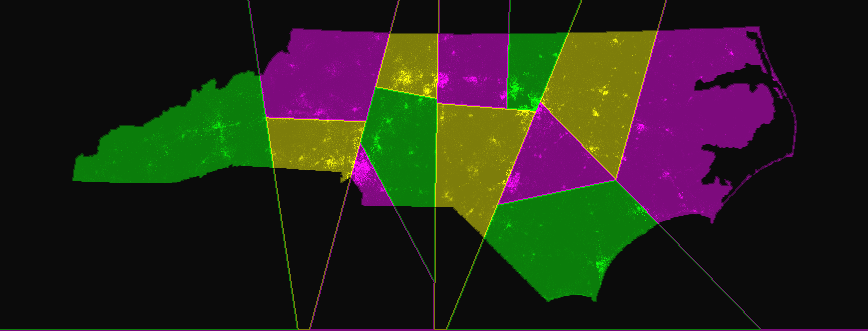Vox is a great news site in line with 538 as innovative. You will also be seeing more of it on our new Economics Teachers Blog which now has lots of posts for those teaching that growing field.
Well we all know that even if you push gerrymandering to the courts to decide judges are appointed by elected officials or run for office so even there we would see some partisanship. Well this Vox article talks about a math PhD and an engineer who joined together to create an algorithm to that cuts a state in half, by population, and then half again, until it has the requisite number of House districts. It needs work as it doesn't account for natural boundaries, historic neighborhoods and don't worry about trying to balance out political parties. But it is an interesting first step.
More to the point for you the teacher, it brings up ways to consider alternatives to our gerrymandered system. But, at least according to political scientists, it also brings up the question as to what can be done about the fact that political scientists say that the real problem is not gerrymandering, but incumbency - meaning that after the first re-election it is almost impossible to get rid of an incumbent even with gerrymandering
Well we all know that even if you push gerrymandering to the courts to decide judges are appointed by elected officials or run for office so even there we would see some partisanship. Well this Vox article talks about a math PhD and an engineer who joined together to create an algorithm to that cuts a state in half, by population, and then half again, until it has the requisite number of House districts. It needs work as it doesn't account for natural boundaries, historic neighborhoods and don't worry about trying to balance out political parties. But it is an interesting first step.
More to the point for you the teacher, it brings up ways to consider alternatives to our gerrymandered system. But, at least according to political scientists, it also brings up the question as to what can be done about the fact that political scientists say that the real problem is not gerrymandering, but incumbency - meaning that after the first re-election it is almost impossible to get rid of an incumbent even with gerrymandering


Good to pick up on this. The biggest factor is yet another issue -- winner-take-all voting rules, which are a product of statute. See a statuory map that would really deal with the effects of gerrymandering at http://www.FairVoting.US
ReplyDelete